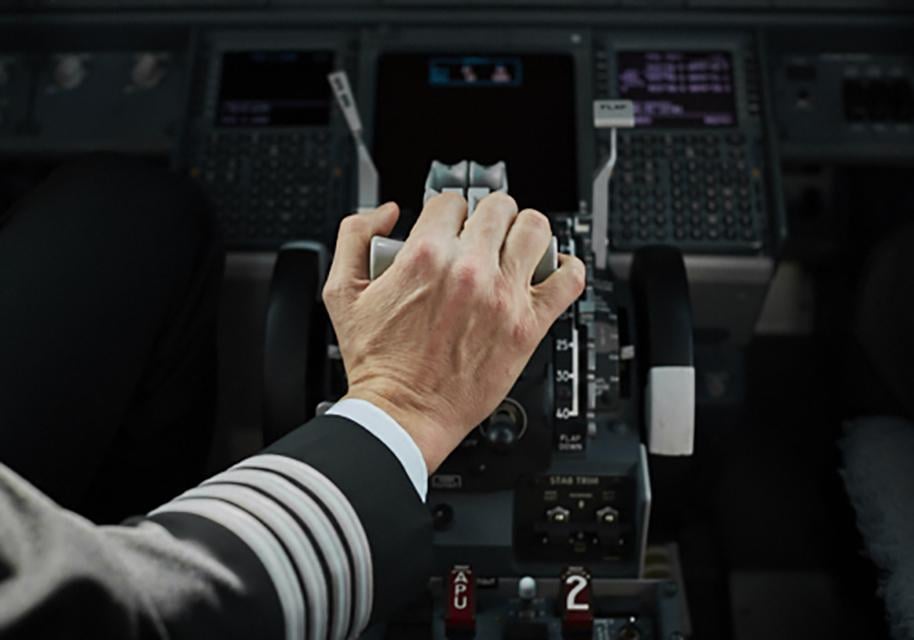
Representatives for major U.S. pilot groups are cautiously optimistic that a combination of voluntary measures and a steady rebound in passenger demand will help insulate their members from furloughs once certain job-protection measures expire this fall.
Airlines that accepted financial assistance as part of the CARES Act are required to avoid involuntary furloughs through October 1. The measures apply to all employees, but pilots are among the groups covered by union contracts that have specific furlough provisions. As talks with management progress, there is growing optimism that pilot ranks will not be thinned much, if at all, come October.
“I really think the furloughs are not going to be as bad as many are projecting,” said Todd Insler, chairman of United Airlines’ Air Line Pilots Association Master Executive Council (MEC). “People want to travel. The problem is, people are afraid to travel because of this horrific virus.”
Speaking during a recent Wolfe Research virtual event, Insler echoed the sentiments of several union peers: October is still far away, and traffic is edging up. Equally important is that pilots are embracing short-term measures that reduce company costs while maintaining flexibility.
American Airlines, whose executives have said repeatedly that they want to avoid layoffs, “is putting its money where its mouth is right now,” said Eric Ferguson, president of the Allied Pilots Association. About one-third of American’s 15,000 pilots have taken voluntary leaves that range from one-to-six months. Another 7% have accepted early-retirement packages.
“We will be able to keep the airline not idle, but at a reduced thrust level and ready to come back when the demand comes back,” Ferguson said. “We’re going to work with the company ... and I think we can do it.”
Jon Weaks, president of the Southwest Airlines Pilots Association, said more than 800 of the airline’s 10,000 pilots have taken emergency leave. There will be more opportunities in the coming months, as well as possible early retirement offers.
“We hope with those announcements that there will be enough” to avoid layoffs, which Southwest has never instituted, he said. Management’s motivation to keep the airline’s no-layoff history intact should help all employee groups, Weaks added.
While pilots know their operations’ internal metrics, one of the industry-wide trends they, like many others, are watching is daily Transportation Security Administration (TSA) checkpoint-throughput. The May 19 figure of 190,500 was down 92% compared to the same day in 2019. But it was the sixth consecutive day of at least 190,000 people moving through U.S. airport checkpoints. Prior to the current run that started on May 14, TSA processed at least 190,000 travelers on only six of the previous 49 days, dating back to March 27.
“The TSA data is one of the data points we’re tracking daily,” said Ryan Schnitzler, MEC chair for Delta’s ALPA-represented pilots. “It’s a bit of a slow start, but that’s to be expected. As the country begins to open up, we’ll see that trend line tick up.”





